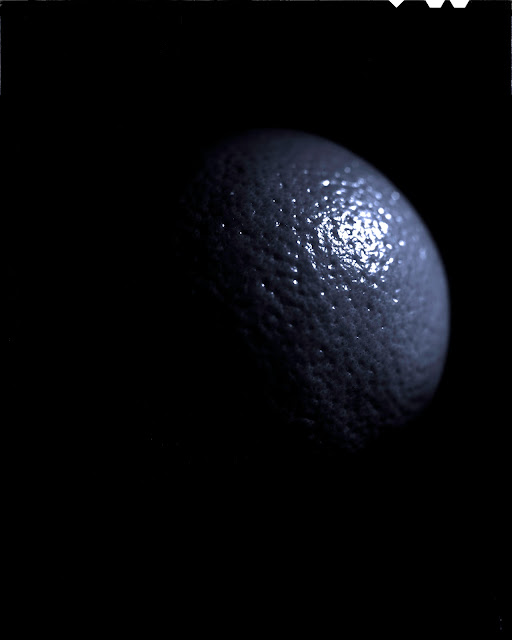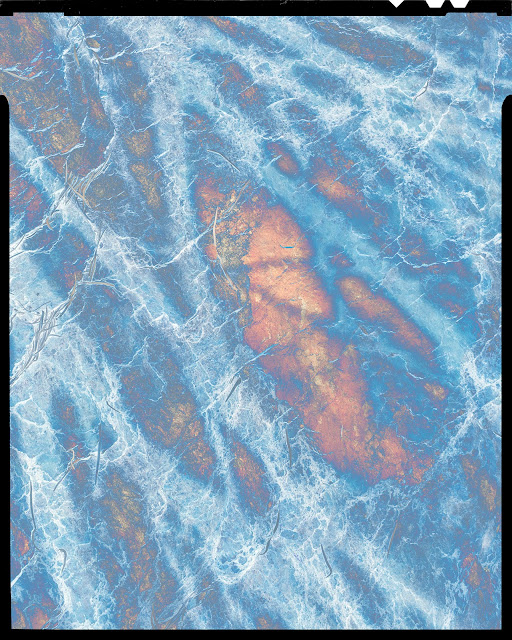EVIDENCE AND THE
VISIBLE | CATHERINE ROGERS
Drill Hall Gallery | 24
June – 14 August 2022
Evidence and The Visible is a large exhibition, deserving multiple visits. Extraordinary is not too strong a word for this retrospective of works by Catherine Rogers. Not only are there many images, using every available space in the gallery, but there also are five short essays about them. I recommend collecting a copy at the entrance and reading each essay before viewing the relevant works.
Rogers’ photographic practice began in the 1970s and her copious, yet relatively little-known, body of work is surveyed here for the first time. None of the visitors I spoke with at the opening had been aware of Rogers previously.
We see a set of images from 2018 investigating diverse techniques established by pioneering photographers in the 19th century, resulting in an array of extremely plausible fakes. An essay about these works invites us to enter the game. Most students and practitioners of photography know of the pioneer Fox Talbot and his Latticed Window, generally regarded as the first negative photograph. It is delightful to see this set alluding to that beginning.
There is a group of A1-sized prints titled Between Heaven and Earth, Lost in Space. These too reference Talbot, who was a skilled user of telescopes. There is a set labelled Found Negatives, another Found Glass Plate Negatives. Each set is different, each interesting and worthy of close examination.

Catherine Rogers, Blue moon as an orange from the series Lost in Space 1990-2020

Catherine Rogers, Shadows in deep space from the series Lost in Space 1990-2020
Much of Rogers’ photography relates to landscape, using conventional and unconventional methods of recording and evoking the physical terrain. There are seascapes glorying in the splendour of the silver halide medium, accentuating the dividing horizon line between ocean and sky. Another visitor expressed to me his view that works showing an area of sky immediately above an area of sea, with nothing more than the cloven horizon between was not novel. Whilst others have also created such works, those displayed here are fine examples.
 |
Catherine Rogers - Southern Ocean |
Perhaps the most intriguing works and, certainly, drawing numerous visitors in for a close look are those labelled Nature of Evidence. Dating from 1986, these are about the Azaria Chamberlain case. Rogers notes that photography played a very important part in the case, particularly the trial of Lindy Chamberlain, from the outset. All kinds of photographic material were used as evidence. At the 1987 Royal Commission of Inquiry into the Chamberlain Convictions, Rogers observed how sharp, detailed and colour accurate photographs used as evidence had to be explained and given words by forensic experts. She asked herself why and that led to development of this body of work.
,%201986.jpg) |
| Catherine Rogers, The Nature of Evidence (Looking and not looking for her), 1986 |
There is a group of visually stunning and large colour prints of ancient forests in the Upper Florentine area of Tasmania. These works date from 2007, when trees in the area were marked to be cut down so a logging road could be made. From 2003 Rogers recorded aspects of this valley and the Styx before they were destroyed. An essay about these works is a sad reminder, if needed, of the destruction.

Catherine Rogers, Red Road Upper Florentine #4, Tasmania, logging coup F044A, 2007
And I was most
delighted to see the set of images labelled Waiting Rooms. I enjoyed
considering which of these most Contemporary works would suit what types of
waiting rooms.
 |
Catherine Rogers, from Pictures for Waiting Rooms 2015-2022 |

Catherine Rogers, from Pictures for Waiting Rooms 2015-2022
My word limit does not
allow me to address everything in the exhibition, but I must mention the fact
this artist has embraced tintype, film negatives and positives, colour and
black and white, digital, cameras with lenses and some without (pinholes). She
has also made images without using a camera. Rogers describes her image
archives as extensive, and notes that her images have been made over a period
of forty years. Long may she continue creating new work.
This review was first published on page 23 of The Canberra Times of 11/7/22 and online here. It is also available on the author's blog here.